3 October 2023, Ohrid
Apartment Lychnidos 925 den [R300]
Brief history of Ohrid
Lihnidos, later known as Ohrid, was a Greek city before it became Roman. In the 2nd century B.C., it was an important stopover point on the Via Aegnatia, the terrestrial route that linked the shores of the Adriatic Sea and those of the Aegean Sea.
Integrated into the Byzantine Empire following the partition of the Roman Empire in 395 A.D., Ohrid became the seat of the Bishop in the 4th century. For centuries, it was a centre for Christianity.
The Slavs who came from the north during the 6th and 7th centuries settled in the city, which became a Balkan centre for Slavic culture.
At the turn of the 10th century, the arrival of two disciples of the Slavic apostles Cyril and Method made Ohrid and its region a centre for missionary activities and teaching. They erected two monasteries, including the Monastery of Saint Pantelejmon, which was founded by Clement of Ohrid.
During the same period, Ohrid became the metropolis of the Slavic Empire of the tsar Samuel and the seat of the Archbishop. Under Samuel, the old fortress was renovated; it was renovated again when the Byzantine rule was restored in 1018.
Ohrid was occupied by the Bulgarians in 1204, then by the Serbs in 1334. From 1394 until 1912 it was under Ottoman rule.
--
We loved our day spent in the old city.
Unesco: "The town of Ohrid is one of the oldest human settlements in Europe.
The old city of Ohrid, which was dense within its fortifications, is dominated by the imposing fortress. Surmounting the nearby summit is a vast Early Christian basilica that possesses 700 sq.m. of frescoes. The urban grid, which is made up of narrow, winding streets and lanes and dates to the Middle Ages, is well-preserved.
The sacred architecture of Ohrid is prominent within the urban landscape. It includes early basilicas, monasteries, and medieval churches; the cathedral of Saint Sophia, with its 11th-century frescoes extending over 400 sq.m., is a masterpiece of Byzantine art. Whitewashed houses, constructed between the 17th and 19th centuries, are located in a manner that ensures each one enjoys a view of the lake and sunlight. Numerous archaeological vestiges dating to prehistory can be found on the site of the old city."
--
We took a bus 17km south along the lake shore literally to take a photo of a reconstructed prehistoric village, the museum being closed by the time we arrived. The lake and it's setting were worth the trip there and back (in a communal taxi).
Lonely Planet: "In prehistoric times Lake Ohrid was home to a settlement of pile dwellers who lived literally on top of the water, on a platform supported by up to 10,000 wooden piles anchored to the lake bed. The remains of the settlement were discovered at this spot and were gradually excavated by an underwater team between 1997 and 2005; the museum is an elaborate reconstruction of the settlement as archaeologists think it would have looked between 1200 and 600 BC.
The slightly theatrical name – Bay of Bones – is a nod to the many animal remains and fragmented vessels that have been found here."
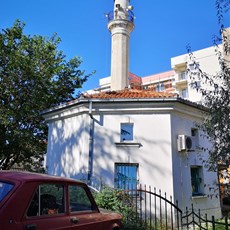
Ohrid
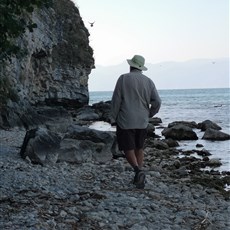
Ohrid
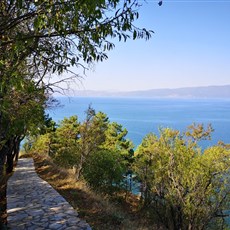
Ohrid
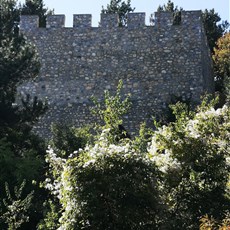
Ohrid
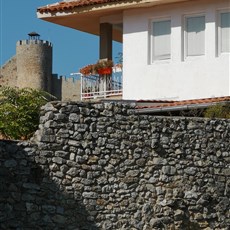
Ohrid
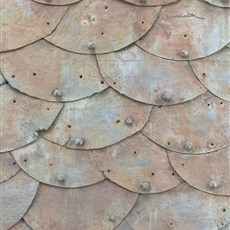
Ohrid
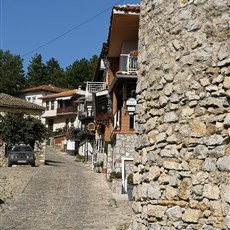
Ohrid
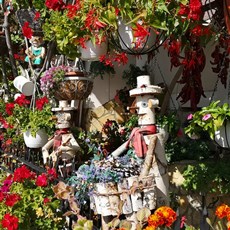
Ohrid

Ohrid
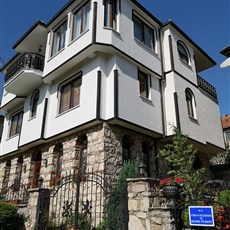
Ohrid
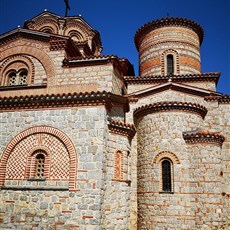
Ohrid
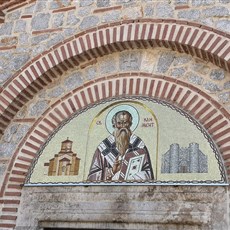
Ohrid
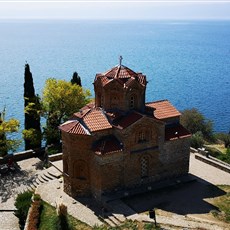
Ohrid
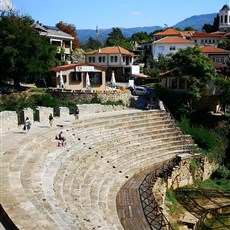
Ohrid
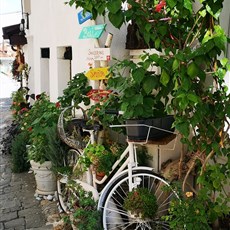
Ohrid

Ohrid
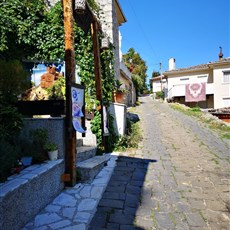
Ohrid
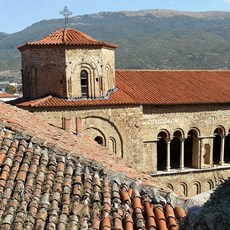
Ohrid
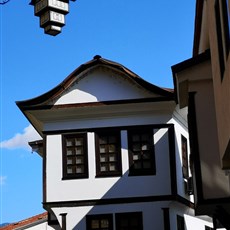
Ohrid
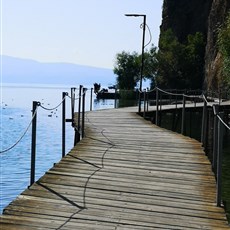
Ohrid
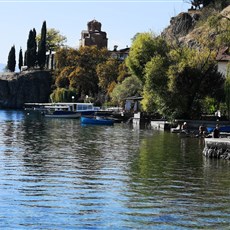
Ohrid
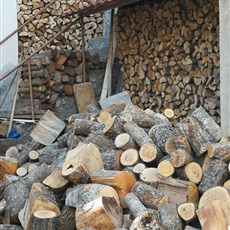
Ohrid
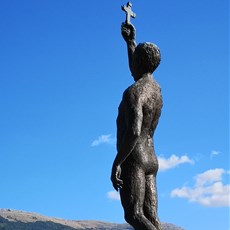
Ohrid
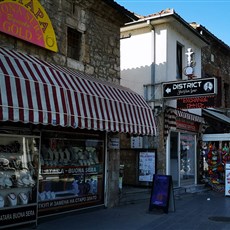
Ohrid
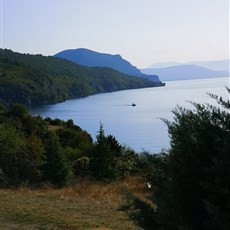
Lake Ohrid
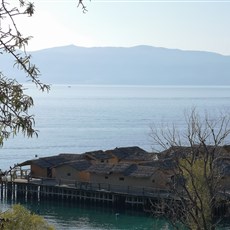
Prehistoric village, Lake Ohrid
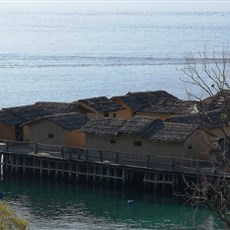
Prehistoric village, Lake Ohrid